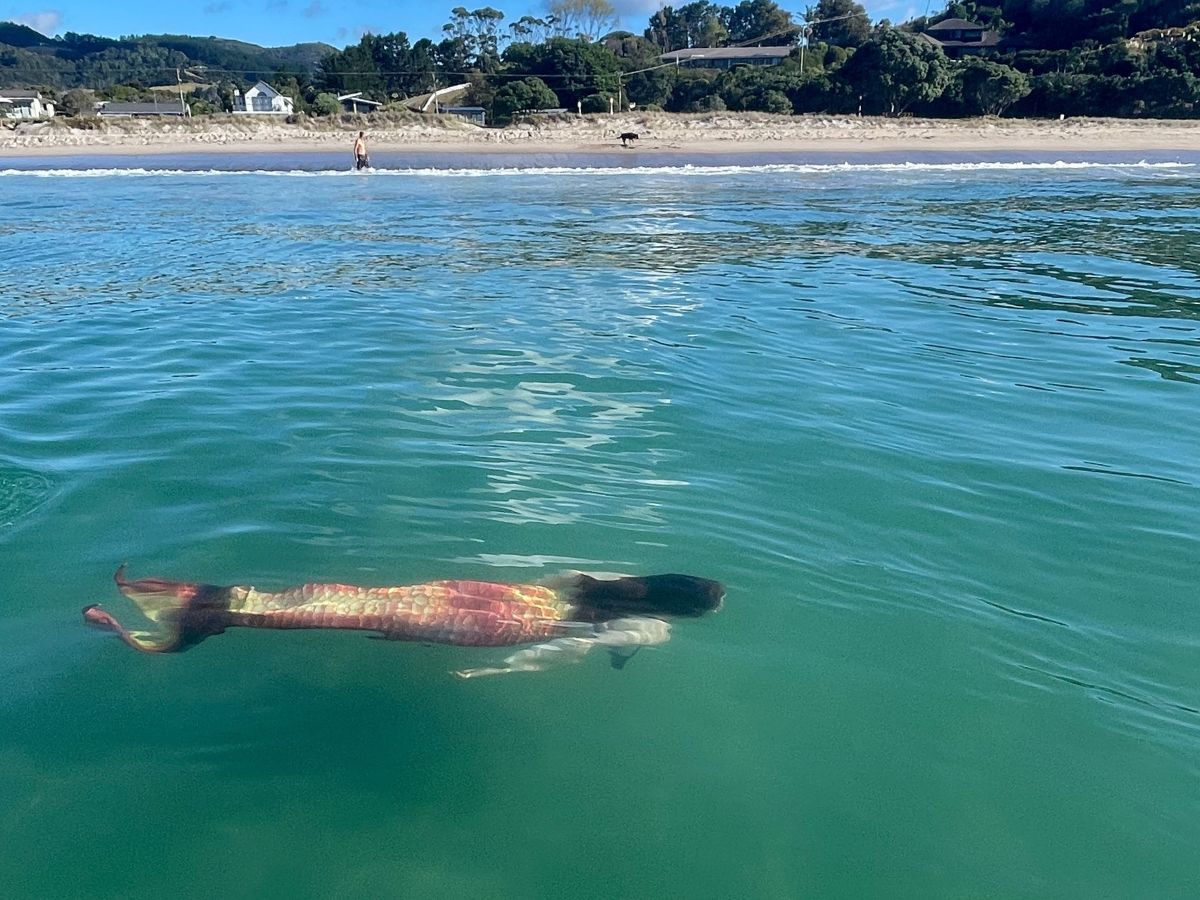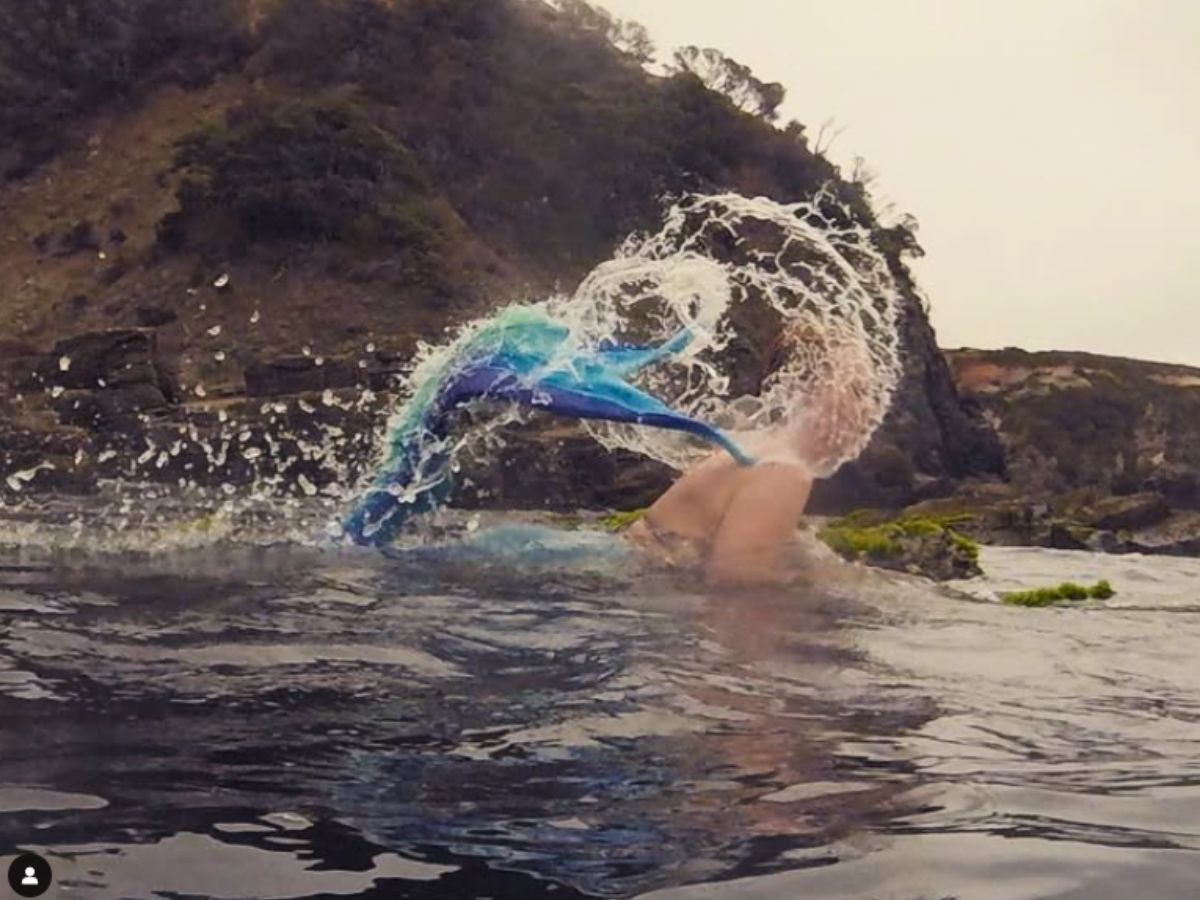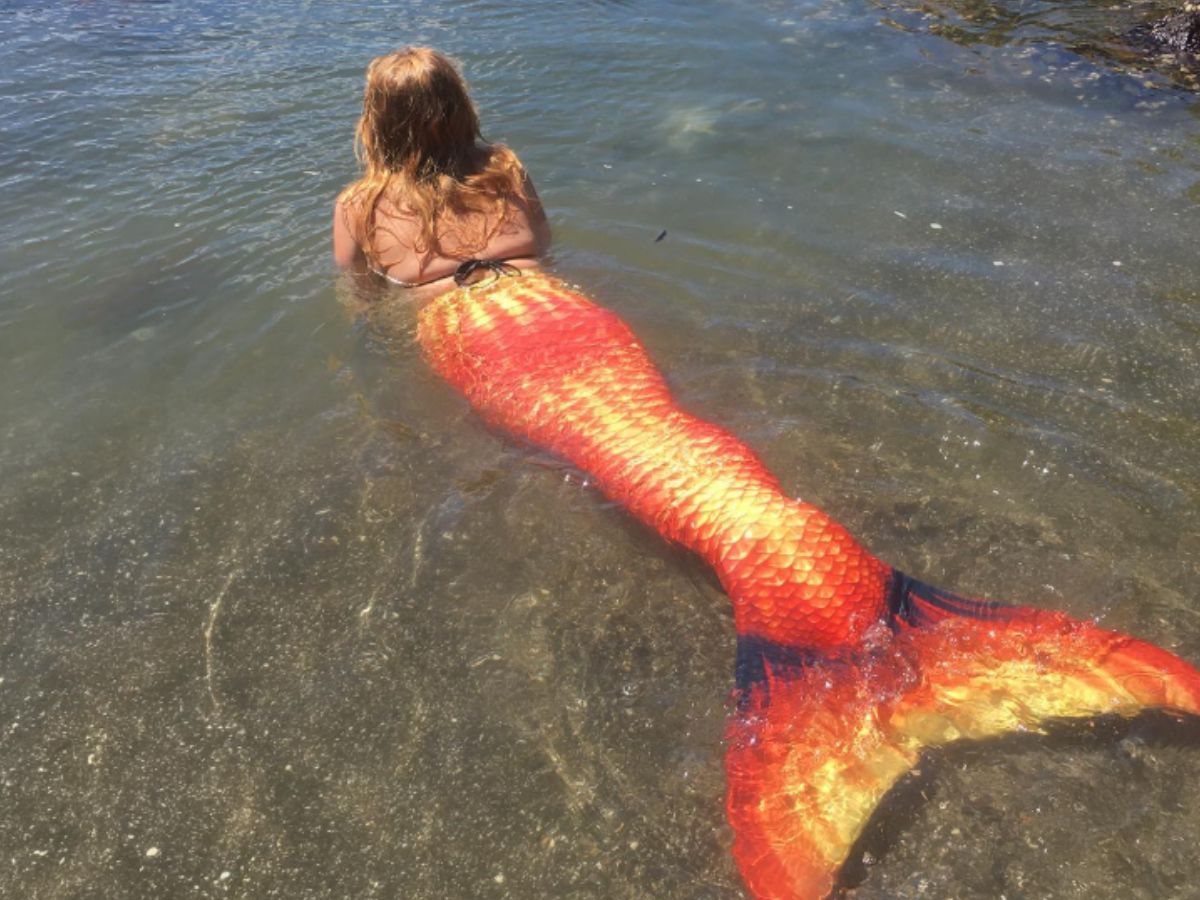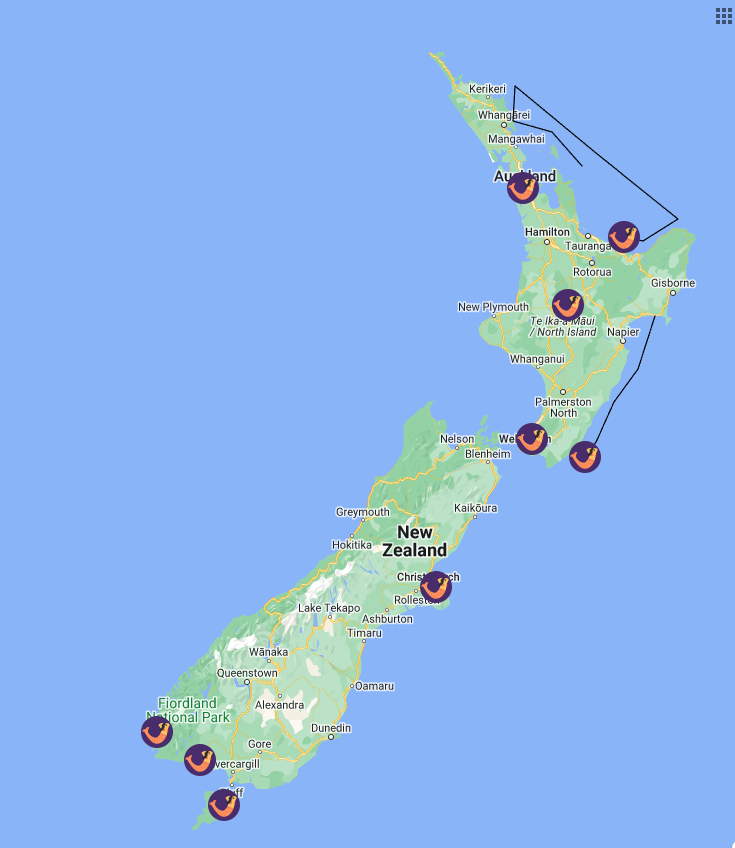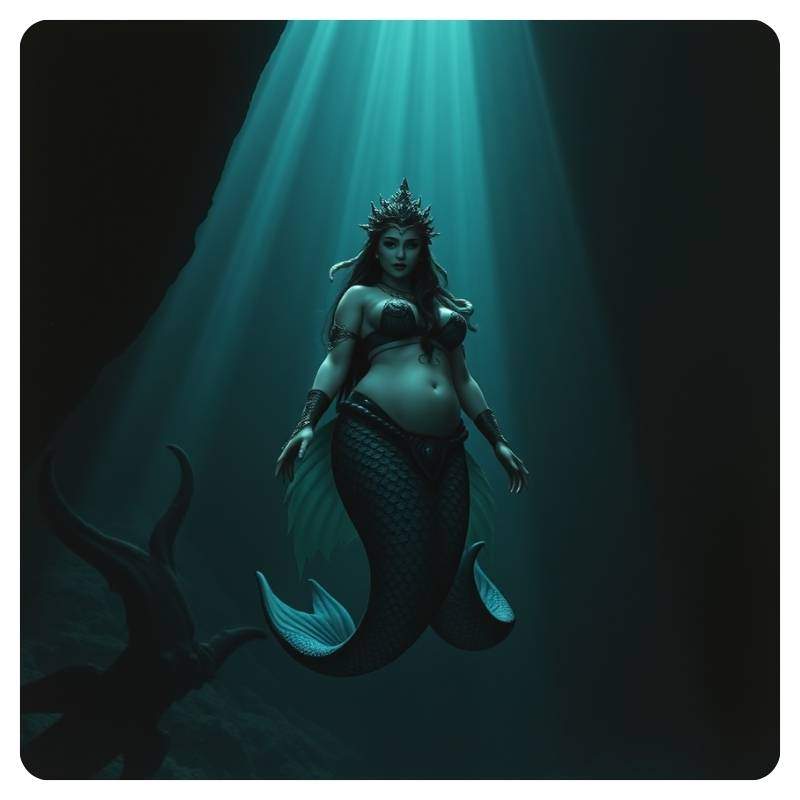Scientific Sighting Report: Unprecedented Coastal Observation of Mermaid-1006 (Mermaid Lily)
Date: 18th March 2025
Location: Coastal Waters, Coromandel Peninsula, New Zealand
Author: Professor C. Weedy, Merologist
Oberver: Misty Tide (M.Sc) Merologist graduate student
Journal Entry:
Astonishment fills my pen as I commit to paper the most extraordinary development in our ongoing study of New Zealand’s mermaid populations. My esteemed protégé and niece, Misty Tide, has made an observation that challenges long-held assumptions about the environmental fidelity of Mermaid-1006, commonly known as Mermaid Lily.
Misty had embarked upon a deep-sea collection expedition off the Coromandel Peninsula, her primary objective being the documentation of the elusive Colossal Squid (the world’s only specimen currently on display at Te Papa Museum) through the deployment of a drop camera system. The ocean remained unyielding in this pursuit, but fortune instead led her eyes to a revelation of equal—if not greater—scientific consequence.
During an afternoon interlude onshore, Misty beheld an unmistakable figure from her vantage on the beach. The creature’s undulating movements and shimmering form left no doubt in her mind, and with admirable presence of thought, she swiftly took to her paddleboard to secure closer documentation. What she captured is among the most compelling photographic evidence we have yet obtained.
Through careful analysis of the imagery, I was able to confirm the mermaid’s identity beyond dispute: Mermaid-1006. This recognition was particularly startling given that all prior sightings of this specimen have occurred exclusively in lagoons and freshwater bodies. The most recent documented encounter of Mermaid Lily was within the secluded confines of the Secret Lagoon of Kuarato, a location vastly different from the salt-laden expanse of the open ocean.
This sighting—the first verified instance of a freshwater-adapted mermaid transitioning to coastal marine habitat—has profound implications for our understanding of mermaid adaptability. Does this signify a broader, previously unrecorded migratory tendency? Are certain lagoon varieties more tolerant to salinity than previously assumed? Or might this be an anomalous event, driven by as-yet undetermined environmental factors?
Misty Tide’s discovery is of such consequence that it demands immediate further investigation. Not only does this fortify her position as an emerging scholar in merology, but it presents a paradigm shift in our study of mermaid ecological plasticity. This is an event of great import, and I shall see to it that it is examined with the utmost scientific rigor.
Signed,
Professor C. Weedy
Merologist, New Zealand Academy of Aquatic Mysteries



